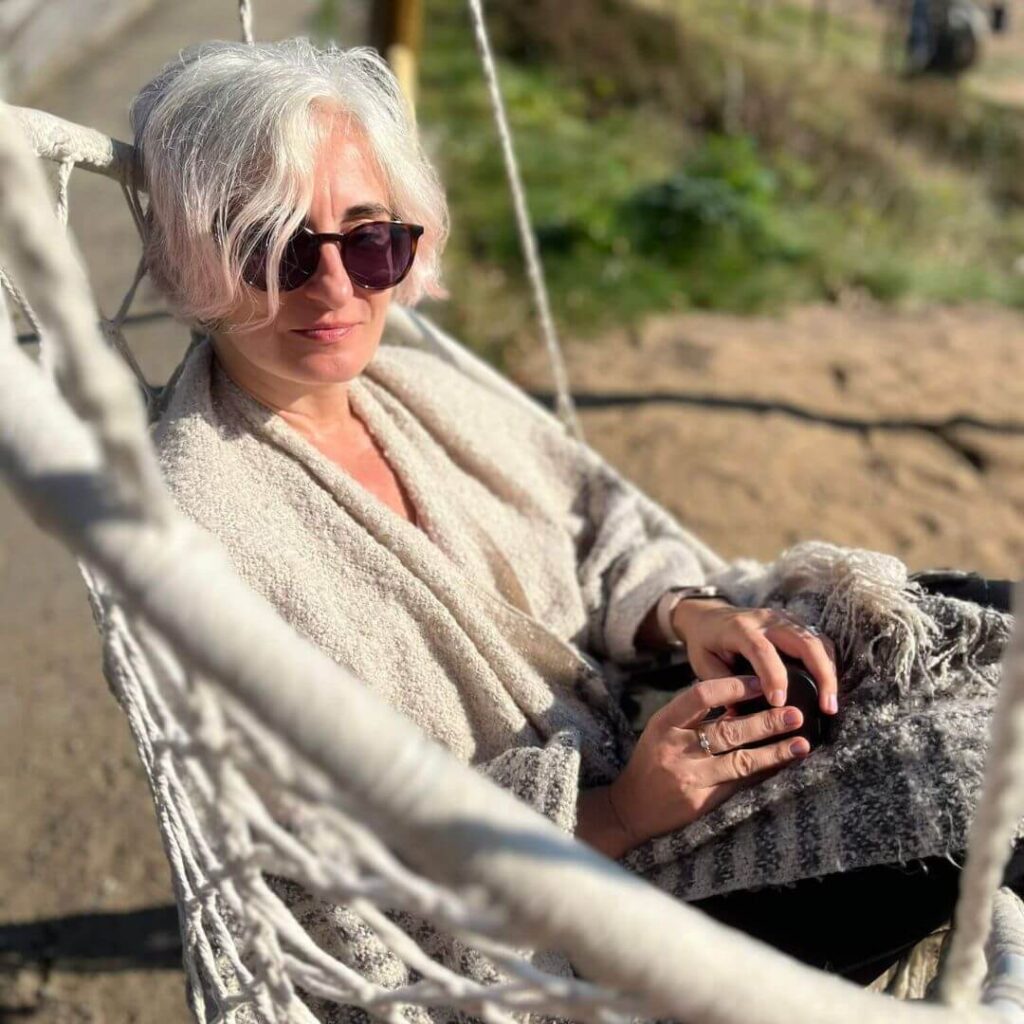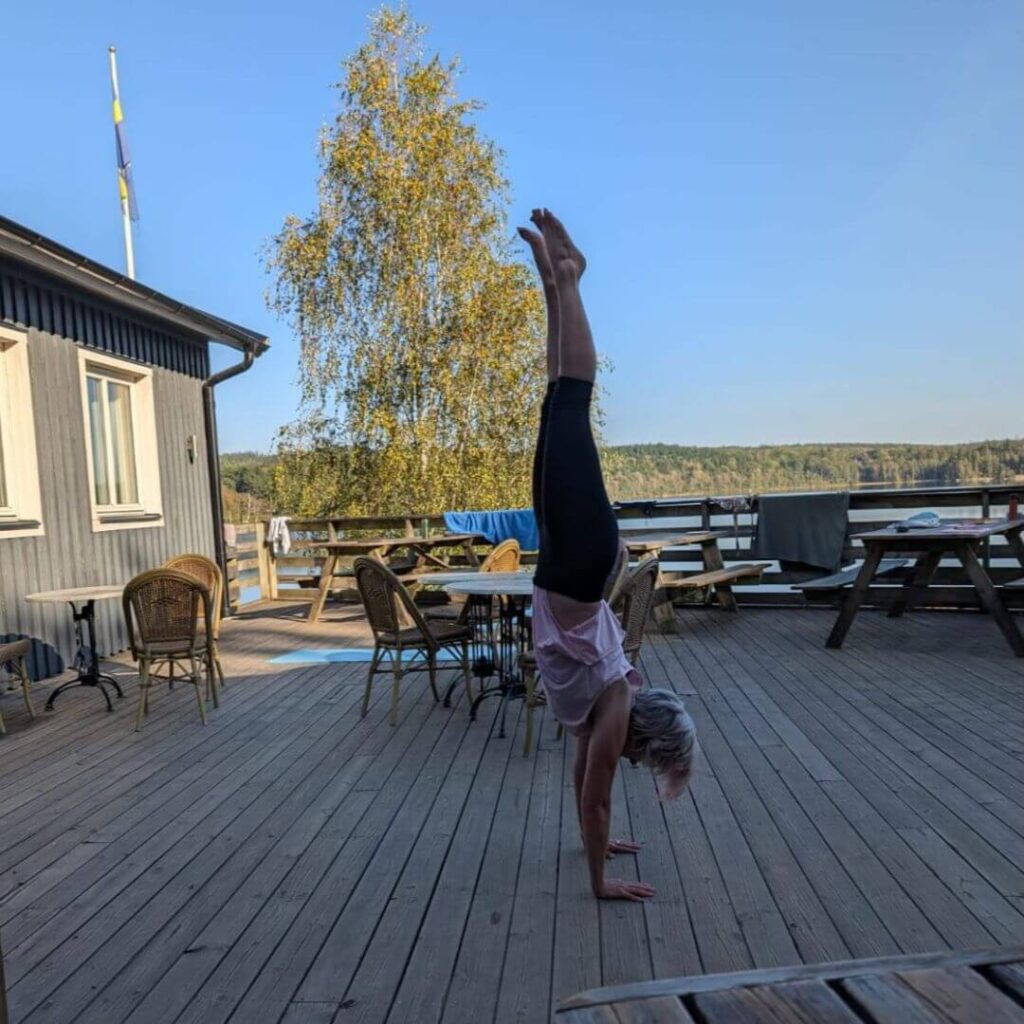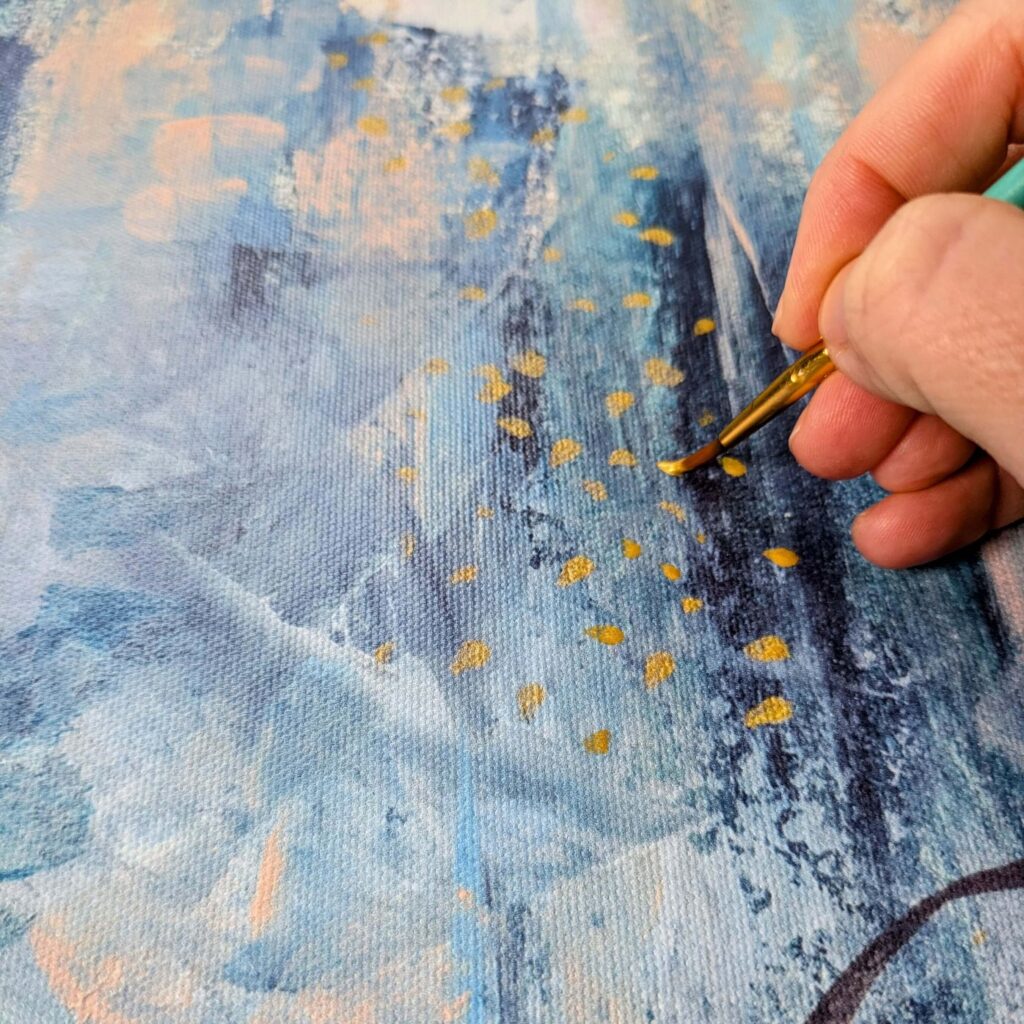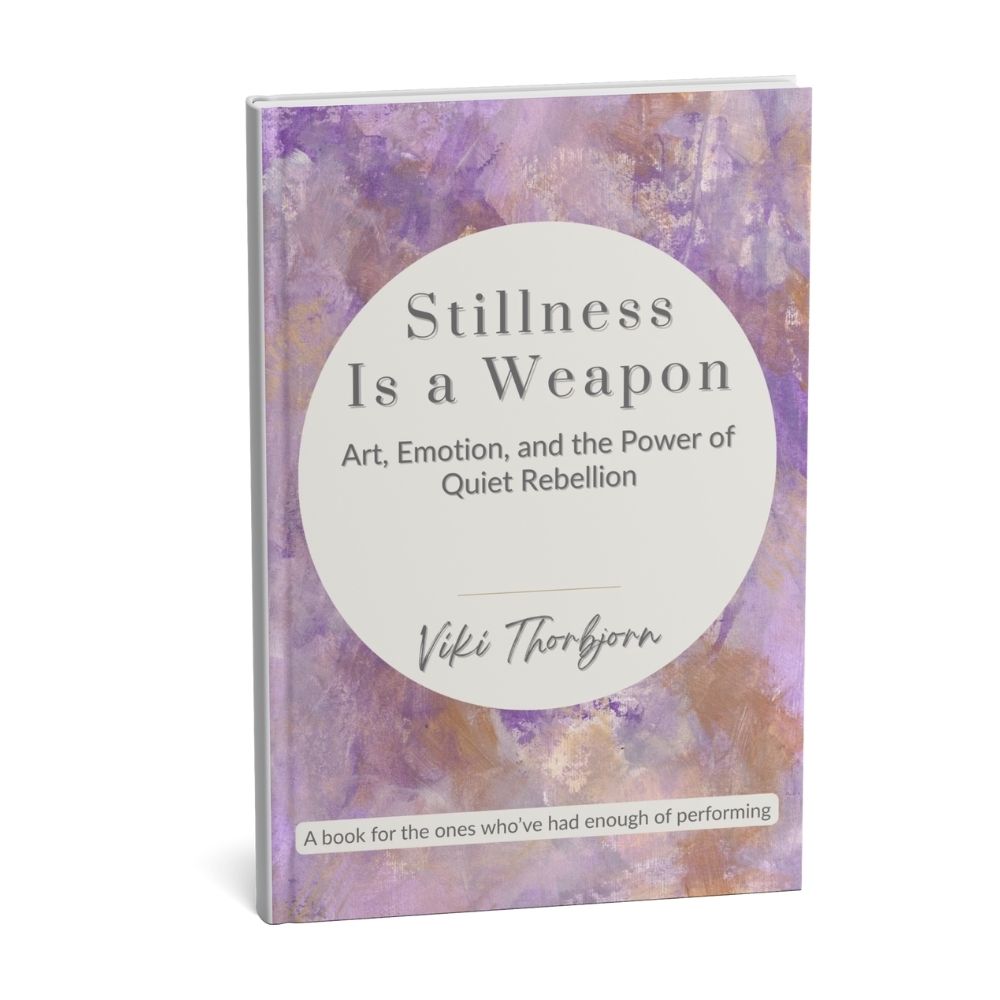The Art I Made After I Tore My Calf
Creative recovery doesn’t come with a playlist. Or a plan. Or, in my case, the ability to stand.
You know the type of story. Someone hits a wall, has an epiphany, finds their calling, and opens a candle shop in the Cotswolds. They call it a transformation. Or worse, a “journey.”
This isn’t one of those stories.
It started in the gym. I was coming out of a handstand during a calisthenics session, nothing wild, nothing even remotely dramatic. My toe touched the floor, softly. No impact. No weight.
Then: a pop. Loud. Internal. Final.
I couldn’t stand.
And yet, because I’m me, my first reaction wasn’t panic. It was: maybe I just need to stretch it. I even told the people coming to help not to call the first aider just yet. Let’s give it a minute. Or five. Let’s not overreact.
Of course, it wasn’t a cramp. It was a complete rupture. My calf muscle had quite literally detached itself from service.
But that was only the beginning.
Three weeks later, I had a routine surgery on the same leg. One of those quick-fix procedures they promise will have you “walking the same day.” (Yeah, to the taxi on crothes, but after that, forget the walking bit…) They meant well. But here I am, a year later, still not walking properly, still in pain, still unable to go down stairs without negotiating it like a small mountain pass.


I didn’t walk for over six months. At all.
Let me be clear. This wasn’t a slow recovery. This wasn’t “reduced mobility” or needing to take things easy.
This was total shutdown.
No walking. No gym. No yoga. No balance. No movement beyond limping to the toilet and back. I couldn’t stand long enough to cook. I couldn’t leave the house without help. And when I did go out, it was to the hospital and back. Literally, that’s it. Physio and appointments.
It was more than just a physical limitation. My nervous system flatlined. My confidence with it. The relationship I’d always had with my body, one built on discipline, trust, and rhythm, disintegrated.
And just to round it all out, my shoulder also gave out.
Suddenly, I couldn’t move much at all. Couldn’t walk. Couldn’t paint properly. Couldn’t even write some days without pain.
This wasn’t the kind of stillness that feels restorative. It was a full-bodied lockdown. And inside it, I had to work out how to keep existing without disappearing.
The studio became the only place I still existed
I didn’t paint because I was inspired. I painted because it was the only thing I had left.
My leg didn’t work. My shoulder barely worked. My sense of self, the one shaped through years of physical training, was eroding by the week.
But I could sit, awkwardly, in the studio and move colour across canvas. Slowly. Messily. With one arm if I had to.
The act of painting didn’t save me. It didn’t heal me. It just reminded me, hour by hour, that I was still here.
That’s the part of creative recovery no one talks about, the part where it’s not expressive or liberating, it’s just maintenance. Just refusing to evaporate.
That’s when Stillness Is a Weapon began to form. Not as a concept. Not even as a book. As notes. Voice memos. Half-sentences and sentences I wasn’t sure I was allowed to say out loud.
It built itself while my body couldn’t.
The work from that time didn’t explain anything. But it held.
I wasn’t making art about injury. I was barely making art at all. I was anchoring myself to something. That’s all.
The pieces I made during those months were heavier. Slower. Not in palette or subject, but in presence. In weight. They held things for me that I couldn’t articulate, and definitely couldn’t justify.
They weren’t about recovery. They were recovery.
You can feel it in A Studio Built on Stillness, because that’s what the studio became: not a sanctuary, but a container. Somewhere to pour the static.
And that’s what I believe good work does. It holds.


My body was in physio. My self was in the work.
For months, I rotated between rehab appointments, guided stretches, and failed attempts to walk without limping. Physio was necessary. Clinical. Structured. Focused on “outcomes.”
But nothing I did in physio brought me back into a relationship with myself.
That part happened in the studio. In the repetition. In the days when I couldn’t do much, but I could at least reach for a brush, in the days when nothing made sense but putting down colour.
That’s why I don’t separate movement from art. Because they’re not separate, they both live in the same system, the same fascia, breath, rhythm.
When I say Why Movement Belongs Here, I don’t mean it’s a nice bonus. I mean it’s the foundation. My movement practice didn’t die, it changed shape.
So did my art.
Recovery didn’t end. It just became part of the work.
There’s no before-and-after photo. I’m still in pain most days. My foot still locks up. My shoulder still flares. I still walk like someone learning the terrain for the first time.
But the difference is, now I’m not trying to get “back” to anything. I’ve stopped waiting to be who I was before. And that shift, from performance to presence, is what defines my work now.
It’s also what’s shaping the movement retreat I’m building.
It won’t be a lifestyle brand. It won’t come with hashtags or transformation arcs. It will be short. Local. Body-first. And honest. And perhaps later, it’ll be more.
It’s for people who don’t want to be told what to fix. Who just want somewhere to breathe, and move, and maybe reconnect to the version of themselves that’s still buried underneath all the noise.
It’s not open yet. But it’s coming.
A quiet invitation
This isn’t a hero’s journey. There’s no triumph here. No clickbait ending.
It’s just a record of what happened. And what art made possible when everything else stopped working.
If you’ve ever found yourself grounded by injury, collapse, life, and needed somewhere to land emotionally, start with the book. Quietly. Privately.
It doesn’t tell you what to do. It doesn’t sell you a new mindset. It just sits with you until something shifts.
